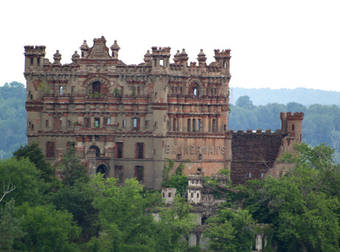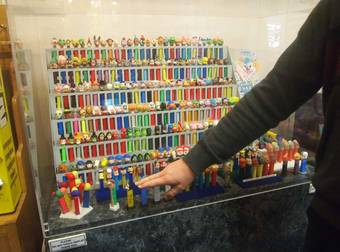Some of the greatest innovations in history have come out of times of turmoil. One example of this in recent history was the innovations that occurred after the March 2011 earthquake that hit Japan’s northeast coast. The earthquake caused a tsunami and did tremendous damage to the Fukushima Daiichi nuclear power plant. The area that was hit was also an agricultural region, and because of the damage done by this natural disaster there was a large food shortage.
The food shortage spurred Marai, a company run by botanist Shigeharu Shimamura, to team up with GE. They wanted to test out their ideas for accelerated food production in a controlled environment. As you can see from the results, the project has been a huge success.
The giant indoor farm is climate controlled, and makes use of specially designed LED lights which maximize plant growth.
Within this custom designed system, the day and night cycle has been shortened to allow plants to grow faster.
They also used special technologies to optimize the humidity and temperature within the enclosed space.
Overall, the 25,000 square foot farm allows plants to grow 2.5x faster, producing up to 10,000 heads of lettuce per day.
The system has uses 99% less water, wastes 80% less food, and uses 40% less power than traditional outdoor farms. Even with this reduced use of resources, the optimal conditions of the environment ensure that the produce is top quality.
The project has been such a tremendous success that plans for factory farms have been announced for Hong Kong, Mongolia, Russia, and mainland China.
Here’s a video from GE featuring Marai President Shigeharu Shimamura talking about this revolutionary project:
(via WebUrbanist)
This new way of efficiently growing quality food is a huge innovation in farming. Given the fact that this system uses the natural properties of plants to maximize the production of high quality food, I hope we see more of these in third world countries, where food shortages are prevalent.
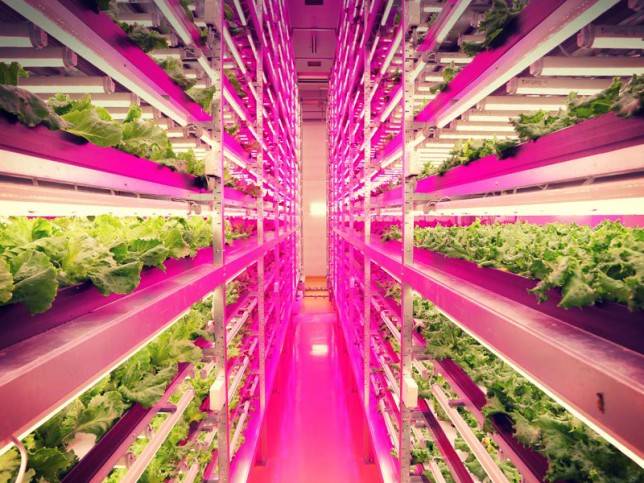 share
share
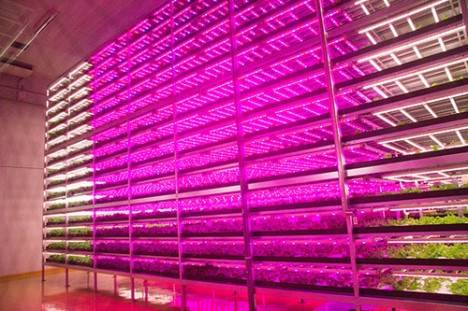 share
share
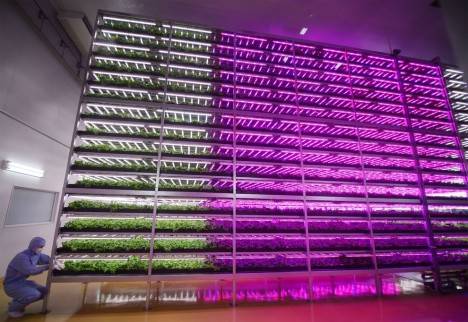 share
share
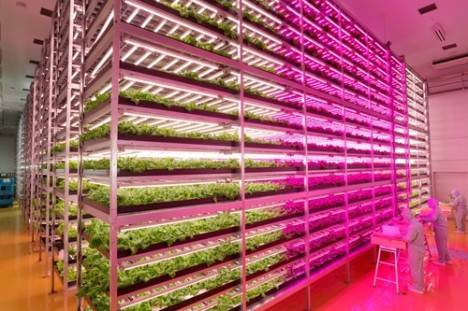 share
share
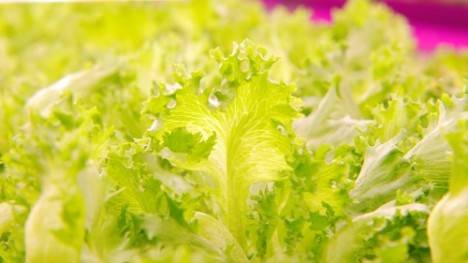 share
share
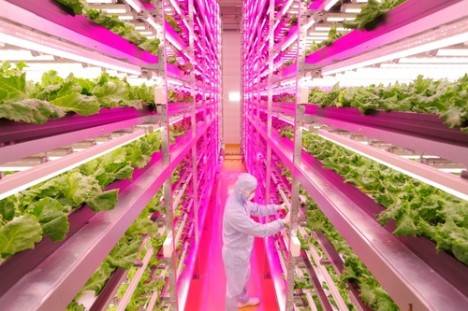 share
share

